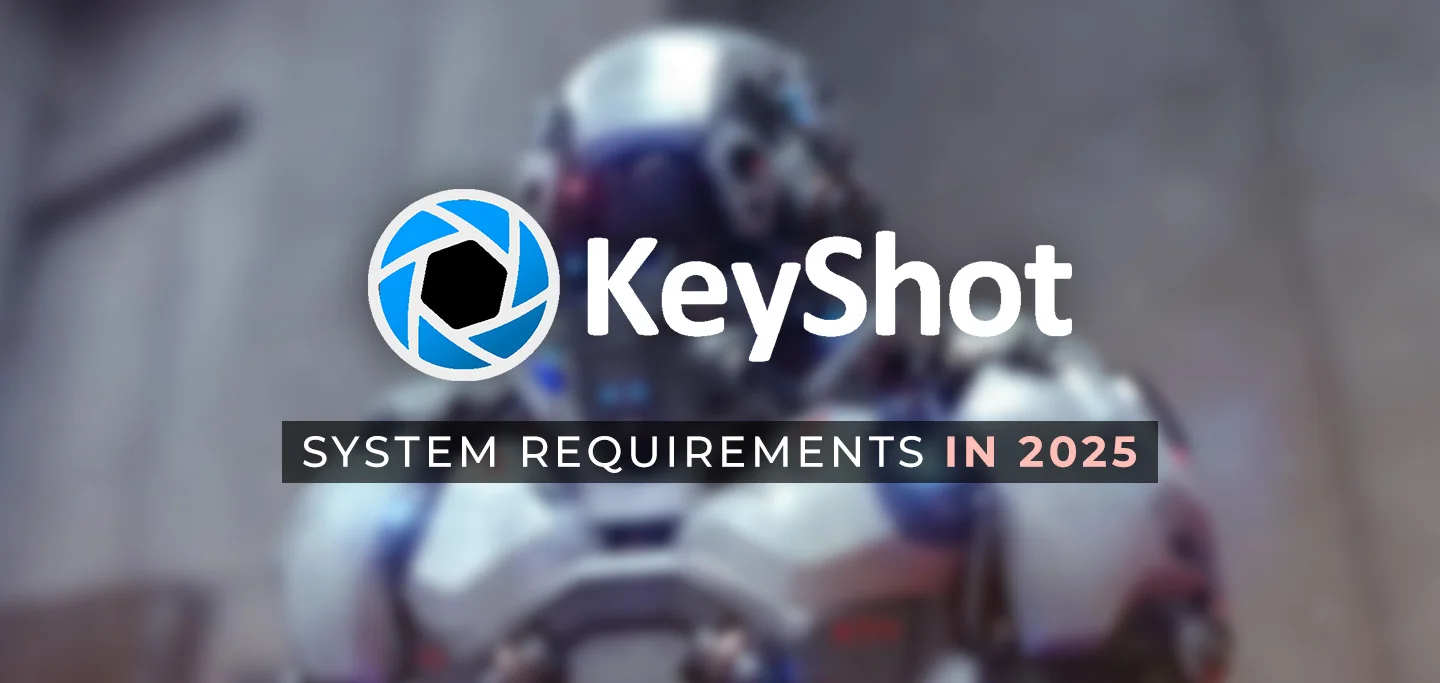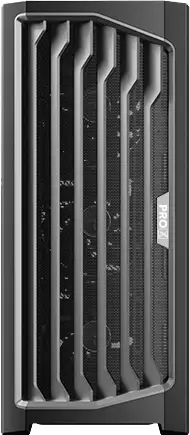For Professionals, By Professionals

Discover ProX PC for best custom-built PCs, powerful workstations, and GPU servers in India. Perfect for creators, professionals, and businesses. Shop now!
SERVICES
WE ACCEPT










[1] KeyShot will utilize all available CPU cores. Therefore, more CPU cores/threads will produce faster rendering times.
[2] While KeyShot doesn’t require GPU for rendering, certain UI elements in KeyShot require a GPU with support for OpenGL 2.0 and up.
KeyShot has the option of GPU rendering since KeyShot 9. Rendering in GPU or CPU are independent workflows and, as a result, the hardware requirements are dependent on how to plan to render using KeyShot.
Processor (CPU)
The processor is the only hardware component that affects CPU render performance. The higher the number of cores, the better. The core count takes precedence over clock speed (Hz). For optimal rendering power and performance, consider processors with high core counts: Intel Xeon (except for Xeon Phi) and/or AMD Ryzen.
Graphics Card (GPU)
For GPU rendering, we recommend QUADRO RTX 4000 or higher. KeyShot will support any cards with the NVIDIA Maxwell microarchitecture found in the Quadro M6000 or GTX 980 and above.
For best results, you should have at least 8 GB of GPU memory. If you are using CPU rendering only, any graphics card that runs Open GL 2.0 or later will work with KeyShot.
Memory (RAM)
Your computer should have enough RAM to load all of the polys/triangles in your CAD files. Normally, 12GB of RAM is enough to load your CAD files, work in KeyShot, and multi-task with other applications.
For more information on using GPU Mode in KeyShot, please see the KeyShot Manual. To download the latest NVIDIA drivers, please visit nvidia.com/download.
Desktop Cards:
Mobile Cards:
[1] Multiple GPUs are supported. NVLink is not supported in KeyShot 9.
[2] For GPU rendering (KeyShot 9 and above), we recommend graphics cards with a minimum of 8 GB memory.
[3] GPU mode appears on the Ribbon in KeyShot for NVIDIA GPUs built on Maxwell microarchitecture or newer and supports CUDA Compute Capability 5.0 or later found in the Quadro M6000 or GTX 980 and above.
What is the best type of drive to use for Keyshot?
Thanks to their speed and relatively affordable price, we strongly recommend solid-state drives (SSDs) for the primary drive that will host your operating system and software (including Keyshot itself). The high speed of SSDs allows your system to boot, launch applications, and load files many times faster than any traditional hard drive. In particular, the newer NVMe type of SSDs utilize the latest connections like M.2 and offer the fastest transfer rates. 1TB capacity is our go-to recommendation to ensure plenty of space for the OS, applications, and active files.
Many users will also want a local drive for storage of older projects and other assets. This can be a traditional hard drive if you value high capacity, or if your budget allows it can be a second SSD.
What sort of drive is best for data storage and backup?
Since SSDs are still more expensive than platter drives per GB, for long-term storage and backup we recommend using a traditional hard drive or even an external drive array. Network attached storage systems are a great way to go for that, as they can be shared between multiple workstations and usually offer features to provide some level of data redundancy (protection against losing files if one of the drives dies).
Visit: www.proxpc.com
Recommended Workstations for Keyshot

Share this: